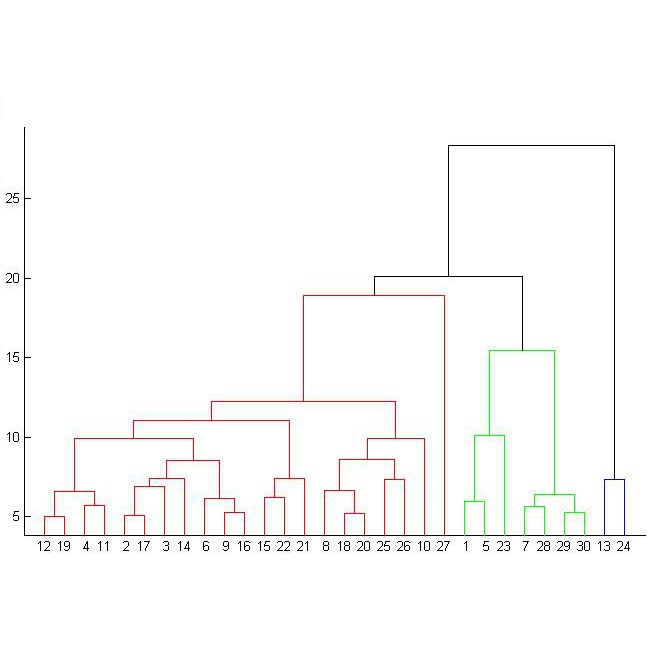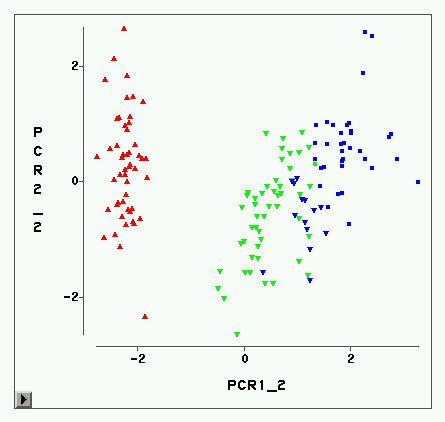In this study, we analyze behaviours of the well-known CMA-ES by extracting the time-series features on its dynamic strategy parameters. An extensive experiment was conducted on twelve CMA-ES variants and 24 test problems taken from the BBOB (Black-Box Optimization Bench-marking) testbed, where we used two different cutoff times to stop those variants. We utilized the tsfresh package for extracting the features and performed the feature selection procedure using the Boruta algorithm, resulting in 32 features to distinguish either CMA-ES variants or the problems. After measuring the number of predefined targets reached by those variants, we contrive to predict those measured values on each test problem using the feature. From our analysis, we saw that the features can classify the CMA-ES variants, or the function groups decently, and show a potential for predicting the performance of those variants. We conducted a hierarchical clustering analysis on the test problems and noticed a drastic change in the clustering outcome when comparing the longer cutoff time to the shorter one, indicating a huge change in search behaviour of the algorithm. In general, we found that with longer time series, the predictive power of the time series features increase.
翻译:在这项研究中,我们通过在其动态战略参数中提取时间序列特征来分析众所周知的CMA-ES的行为,对12个CMA-ES变量和从BBB(Black-Box Optimization Penclement)测试台(Black-Box Apptimination Penclement)中采集的24个测试问题进行了广泛的实验,我们用两个不同的截断时间来阻止这些变量。我们利用TSARST软件包来提取这些特征并使用Boruta 算法进行了特征选择程序,产生了32个特征,以区分CMA-ES变量或问题。在测量这些变量所达到的预定目标数量之后,我们设法用这些变量来预测每个测试问题的测量值。从我们的分析来看,这些特征可以对CMA-ES变量或功能组进行适当分类,并显示出预测这些变量性能的潜力。我们用测试问题进行了等级组合分析,在比较更长的截断时间到较短的时间序列时注意到组合结果的急剧变化,显示在搜索序列中的巨大变化。一般来说,我们用时间序列预测了更长的时间特性。




